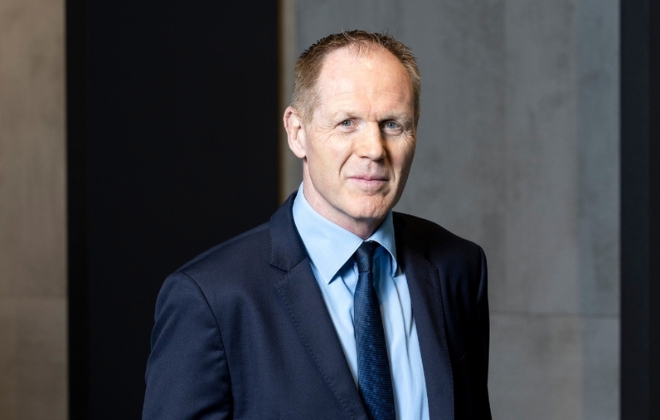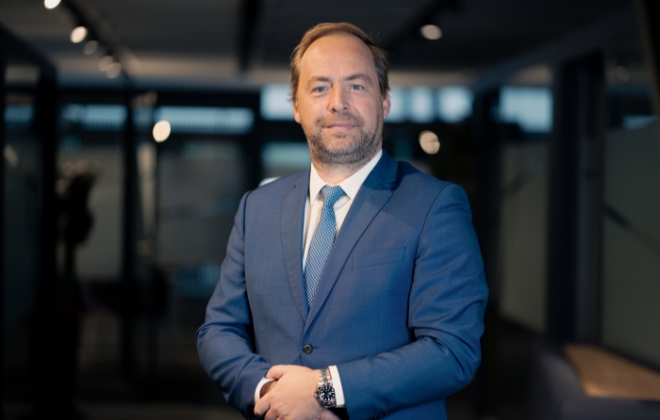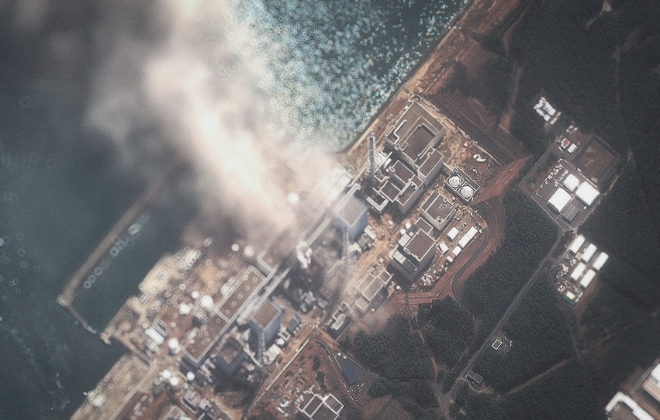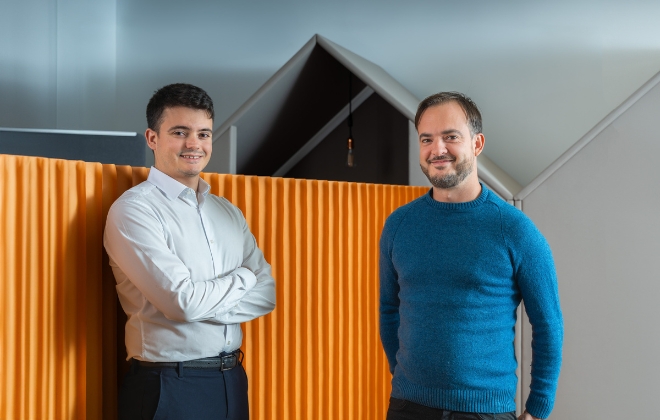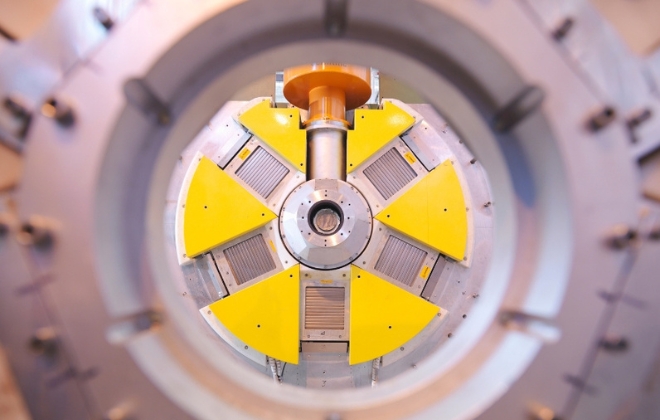Small modular reactors: France faces a major challenge
The Small Modular Reactors (SMR) and Advanced Modular Reactors (AMR) market promises to shake up the global nuclear landscape. Between technological innovation, regulatory constraints and financing issues, these small modular reactors raise as many hopes as strategic questions for France.
A Market in the Making, with dual-speed technologies
The nuclear sector is currently experiencing unprecedented excitement around SMR and AMR. While these terms are often used interchangeably in public debate, they actually refer to distinct technological realities.
SMRs are based on Generation III reactors, proven technologies in a miniaturised form, whereas AMRs explore Generation IV concepts such as molten salts, liquid lead or fast neutron reactors. These innovations, studied as far back as the 1970s and 1980s, have now become feasible thanks to advances in metallurgy and materials chemistry.
Two main approaches structure this emerging market. On one side stand the traditional industrial giants such as Rolls-Royce, Westinghouse, Hitachi, Rosatom, and EDF through its Nuward project, leveraging their mastery of the nuclear cycle and their ability to adapt existing solutions. On the other, around one hundred start-ups including Newcleo, Jimmy and Naarea are seeking to disrupt the sector with bold, unconventional designs.
This duality raises a fundamental question: who will reach the regulatory finish line first, the experienced incumbents accustomed to strict safety regimes, or the agile newcomers driven by innovation?
A Market in the Making, with Two-Speed Technologies
For France, the potential of SMRs and AMRs lies in specific niches. Contrary to popular belief, electricity generation through small reactors is not a national priority: the current and future EPR fleet amply meets domestic demand, while Europe even experiences temporary overproduction.
France’s real interest lies in the direct production of decarbonised industrial heat. By replacing fossil fuels in sectors such as steelmaking or petrochemicals, notably around Fos-sur-Mer or the Lyon corridor, AMRs could achieve thermal efficiencies of 60 to 70 percent, compared to just 34 percent for electricity generation.
Direct heat use, without conversion to electricity, reduces energy losses from transmission and transformation, offering a major competitiveness lever for energy-intensive industries.
A second promising avenue is the gradual replacement of France’s ageing nuclear fleet. In 20 to 40 years, when existing plants reach the end of their life cycle, replacing a 1,600 MW reactor with four 400 MW SMR units could make sense. EDF would then enjoy decisive advantages: pre-approved sites, local acceptance and existing infrastructure. This scenario represents a potential domestic market of 150 to 200 modular reactors.
Internationally, SMRs and AMRs are also highly relevant. Their modular size, integration flexibility and ability to deliver both electricity and decarbonised industrial heat make them suitable for emerging markets and fragmented grids.
This modularity facilitates deployment on foreign sites often far from existing infrastructure, and enables tailored export solutions. For French investors and operators, focusing on this niche is a strategic opportunity: building a portfolio of SMR and AMR projects abroad by leveraging national expertise in control systems, safety and nuclear system qualification, positioning France as a credible, competitive supplier in the global market.

Major Challenges to Realising the Ambition
Despite these promising prospects, several structural barriers remain. The first is Europe’s regulatory mosaic. Each national safety authority enforces its own rules, making the much-vaunted SMR economies of scale unrealistic unless requirements are harmonised.
Nuward has initiated talks with six European regulators to align certification processes, a first step towards gradual convergence. Without regulatory alignment, achieving production volumes of 50 to 200 units, the threshold for economic viability, will remain impossible.
Financing is the second major bottleneck. Before benefiting from economies of scale, a first reactor must be certified. Developing and certifying this First of a Kind (FOAK) unit costs 5 to 8 billion euros, far beyond the reach of even the best-funded start-ups. Yet this initial step is essential to unlock future serial production and cost reduction.
Europe has invested around 12 billion euros over the decade, but this funding is spread across some thirty projects. In contrast, China and Russia, with more centralised models, concentrate resources on a handful of national champions. Europe’s fragmented approach struggles to produce credible leaders. The European SMR Alliance is now calling for massive political-level support to bring one or two viable concepts to fruition.
Finally, operational questions remain unresolved. Who will operate these private nuclear installations? In France, only EDF currently holds a nuclear operating licence, which entails obligations for long-term safety, decommissioning and waste management. It is hard to imagine another industrial player assuming such responsibilities without state backing. The business model is yet to be invented.
Building the Ecosystem of Tomorrow
Beyond technology and financing, the sector faces a critical skills shortage. After two decades of nuclear stagnation in Europe, qualified engineers are scarce. Recognising this challenge, Worldgrid, ALTEN’s nuclear energy subsidiary, is taking a proactive stance to develop tomorrow’s talent.
For example, the company has partnered with Université Grenoble Alpes to double the number of nuclear engineering graduates within five years, supported by the France 2030 programme. This initiative will train the next generation of engineers to design, install and maintain tomorrow’s SMRs and AMRs.
On the technical side, Worldgrid is developing a unified control and command approach spanning the entire energy chain, from the nuclear island to end-user connection. This modular expertise, combined with internationally recognised qualifications in safety classes 2 and 3, positions the company to support both European and global projects. Synergies with ALTEN’s international subsidiaries further enable deployment in more mature markets where projects are multiplying.
A Decisive Decade for Modular Nuclear
The SMR and AMR market is entering an inevitable consolidation phase. The gap between spectacular announcements and industrial reality remains vast. Only a few projects have reached contractual maturity, in Canada with Hitachi, and in China and Russia, while American partnerships with AI giants remain at the memorandum stage.
The coming years will determine which players survive the test of financing and certification.
For France, the issue goes well beyond power generation. It is about preserving industrial excellence, decarbonising heavy industry, and maintaining technological sovereignty in a strategic sector.
SMRs and AMRs will not replace large reactors in the short term, but they can occupy high-value niches: industrial heat, gradual fleet renewal, or electrification of isolated areas.
That will only happen if European policymakers finally choose between spreading subsidies thinly and focusing resources on a handful of credible champions. The time for lofty ambitions must now give way to decisive structural choices.
| Category | Advanced Modular Reactor (AMR) | Small Modular Reactor (SMR) |
| Full name | Advanced Modular Reactor | Small Modular Reactor |
| Technological generation | Generation IV | Generation III (proven miniaturised technologies) |
| Power output | Variable, generally below 300 MWe | Typically below 300 MWe, sometimes exceeding 400 MWe |
| Technologies | Molten salts, liquid lead, fast neutron, heavy water, sodium, etc. | Pressurised water (PWR), boiling water (BWR) – downsized conventional designs |
| Maturity | Innovative concepts, prototypes under development | High – adaptation of operational systems |
| Energy efficiency | Electrical about 34 percent / Thermal 60 to 70 percent | Electrical about 34 percent only |
| R&D origins | Studied in the 1970s and 1980s, enabled by modern metallurgy and materials chemistry | Miniaturisation of existing proven reactor designs |
| Main players | Start-ups (Newcleo, Naarea, Jimmy, Hexana, TerraPower) with over 100 projects worldwide | Major industrial players: Rolls-Royce, Westinghouse, Hitachi-GE, Rosatom, Nuward (EDF) |
| Approach | Disruptive innovation, breakthrough technologies | Industrialisation of mastered technologies, scale reduction |
| Primary applications | Decarbonised industrial heat (steel, petrochemicals), district heating (Nordic model), combined heat and power, isolated industrial sites, yellow hydrogen production | Decentralised electricity generation, grid support, nuclear fleet replacement (4 SMR of 400 MW = 1 reactor of 1600 MW), export markets, modular expansion |
| Advantages | Superior thermal efficiency; optimal energy recovery; disruptive potential; tailored to industrial needs; flexible use (heat and electricity) | Proven and qualified technology; established industrial players; first signed projects (Canada, China, Russia); modular scalability; existing fuel cycle; potentially faster certification |
| Key challenges | Immature technology; complex, lengthy qualification; small, underfunded players; regulatory hurdles; critical funding need (5 to 8 billion euros FOAK); new fuel cycle required | Limited to electricity (34 percent efficiency); higher cost per MWh than large reactors; inertia of major groups; economies of scale unproven; economic competitiveness to demonstrate |
| Deployment horizon | 2035 to 2040 (optimistic) | 2030 to 2035 |
| Barriers to overcome | Materials qualification, safety certification, massive financing, market consolidation | Materials qualification, safety certification, massive financing, market consolidation |
| Strategic summary | Represents a technological leap: high efficiency, industrial decarbonisation, but high risk and capital intensity. Natural fit for process heat, not mass electricity. | Represents an incremental evolution: safe, proven, near-term deployment, but with uncertain economic competitiveness. Best suited for distributed power generation and fleet renewal. |
Strategic Synthesis
SMRs represent an incremental evolution of nuclear power: safe technologies, established players, first contracts signed. Their deployment is more likely in the short to medium term, but their economic relevance compared to large reactors remains to be proven. They meet the needs for decentralized electricity production and scalable modularity
AMRs represent a technological breakthrough: higher efficiency thanks to cogeneration, specific industrial applications, and heat decarbonization. Their potential is immense, but the challenges are proportional: massive financing required, complex certification, fragile players. Their natural market is industrial decarbonization, not mass electricity production.
For France, the two technologies are complementary: SMRs for the renewal of the national electricity fleet, AMRs for the energy transformation of heavy industry. The real challenge is not to choose between the two, but to structure a coherent ecosystem capable of producing credible European champions in both segments before other powers (China, Russia, United States) lock up the global market.



 Aeronautics
Aeronautics




